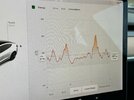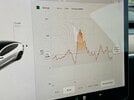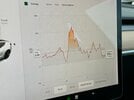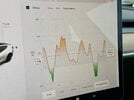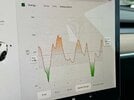tgrobbo
Member
Most tests I’ve seen for LFP cars show more degradation than the loss of indicated range - for high mileage cars the test shows a LOT more degradation than the range loss indicates. It’s hard to know which measure to trust.I had the same thought, so I ran the battery health test in service mode yesterday. The results showed battery health at 92%, but the estimated range is still 227 miles. That math doesn’t add up, right (I started at 253, so 92% should be 232)?



